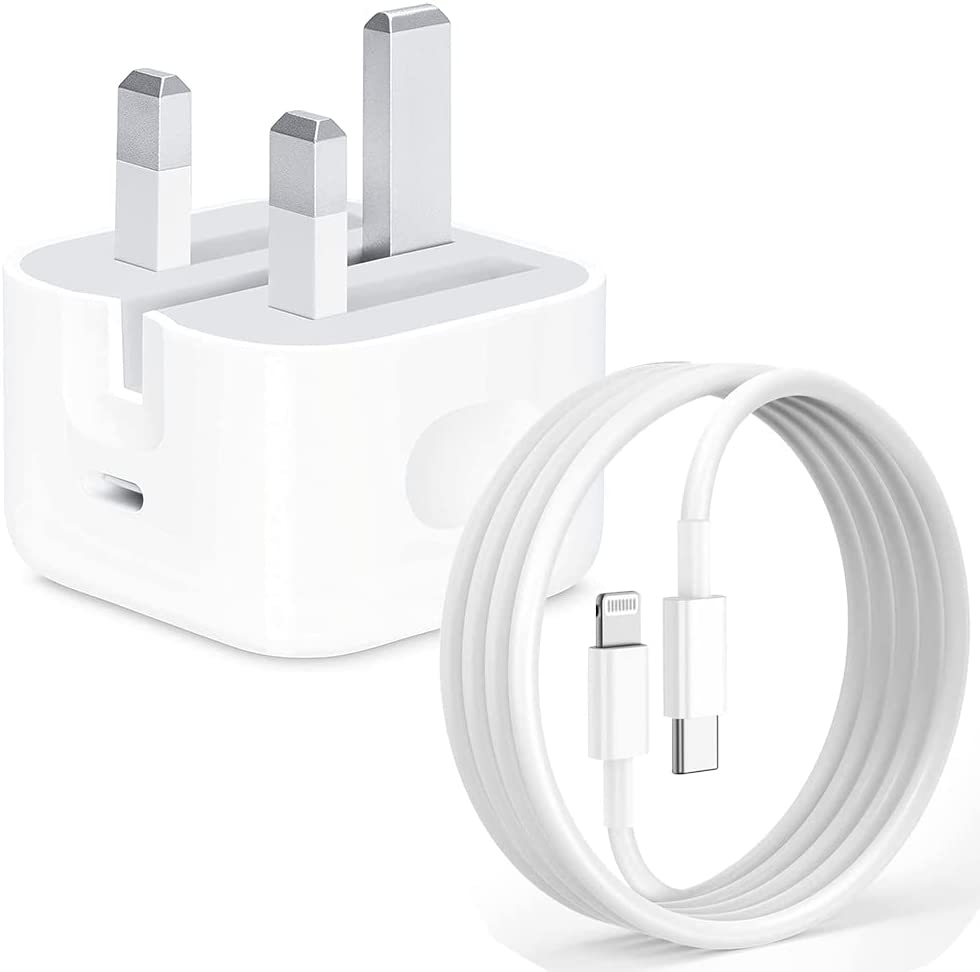Essential Technical Specifications for the 1xBet App: Key Information You Should Be Aware Of
The 1xBet app is designed to deliver seamless performance across a range of devices, ensuring that users can engage with its comprehensive betting features without interruption. To optimize app functionality, it is recommended that users have a device with at least 2GB of RAM and a modern operating system, whether Android or iOS. This ensures smooth navigation through the app’s interface, allowing users to place bets, review statistics, and access live games with minimal lag. Additionally, a stable internet connection significantly enhances the experience, reducing the likelihood of connectivity issues during critical betting moments.
While the app is generally reliable, users may encounter occasional troubleshooting scenarios. Common issues include slow loading times or crashes, which can often be resolved by clearing the app cache or updating to the latest version. The 1xBet support team provides extensive resources, including FAQs and customer service options, to assist users in resolving any technical difficulties they may face. It’s essential for users to stay informed about these resources to ensure a continuous and enjoyable betting experience.
Moreover, regular updates to the 1xBet app not only enhance its functionality but also introduce new features that improve overall user experience, which is crucial for users looking to optimize their betting strategies and stay informed about the latest trends in the market; therefore, it’s important to check the app for updates regularly, as this will ensure that you are utilizing all available tools and resources effectively while navigating through the platform, including the helpful support feature available at https://1xbet-australia.win/. Keeping the app updated allows users to benefit from the latest security measures and performance enhancements. By maintaining optimal device performance and being proactive about troubleshooting and support, users can fully leverage the capabilities of the 1xBet app, ensuring a more efficient and enjoyable betting experience.
Introduction to the 1xBet App
The 1xBet app is designed to provide users with a seamless betting experience across various devices. Its high-performance capabilities allow for smooth navigation and quick access to a wide array of features, ensuring that users can place bets efficiently, whether they are at home or on the go. The app’s functionality encompasses live betting, in-play statistics, and an extensive range of sporting events, catering to both casual and serious bettors alike.
One of the standout aspects of the 1xBet app is its user-friendly interface, which simplifies the betting process for users of all experience levels. Despite its robust offerings, the app maintains an intuitive design that emphasizes easy access to key functions. In case users encounter any issues, the app includes a troubleshooting section and dedicated customer support to assist with common problems, enhancing the overall user experience.
Furthermore, the 1xBet app is regularly updated to improve device performance and incorporate the latest features in online betting technology. This ensures that users can enjoy a reliable and efficient platform that adapts to their needs. Whether you are seeking to place a quick bet or explore extensive betting options, the 1xBet app is equipped to meet your requirements, making it a top choice for sports enthusiasts around the world.
Device Performance Requirements
Understanding device performance requirements is crucial for ensuring optimal app functionality across various platforms. As mobile applications become more complex, the demand for robust performance increases significantly. Users expect seamless interactions, quick load times, and efficient resource management, which can only be achieved with well-defined performance benchmarks. Ensuring that devices meet these specifications not only enhances user experience but also minimizes the likelihood of troubleshooting issues that can arise from insufficient hardware capabilities.
Moreover, the interplay between hardware and software is vital in determining how well an application performs. Applications that are not optimized for specific devices can lead to slowdowns or crashes, prompting users to seek support. This can be particularly problematic in competitive markets where user retention is critical. Developers must conduct rigorous testing on various devices to identify potential performance bottlenecks and ensure that their apps function smoothly across different operating systems and hardware configurations.
Regular updates and maintenance are also integral to maintaining device performance over time. As new features are added and operating systems evolve, older devices may struggle to keep up, leading to a decline in app functionality. Therefore, it is essential for developers to stay informed about the latest device specifications and performance metrics. This proactive approach not only aids in troubleshooting potential issues but also empowers support teams to provide timely assistance to users experiencing performance-related challenges.
1 Minimum Device Specifications
To ensure optimal app functionality and device performance, it is crucial to adhere to the minimum device specifications outlined by the developers. These specifications typically include a minimum operating system version, processor speed, and RAM requirements. A device that meets or exceeds these requirements will not only facilitate smooth operation but also enhance the overall user experience. Users may encounter significant issues, including slow response times and frequent crashes, if their device falls short of these standards.
Moreover, troubleshooting becomes more challenging when devices do not meet the minimum specifications. Common problems such as app freezes and unresponsive features can often be traced back to inadequate hardware capabilities. Users are encouraged to regularly check for system updates, as these can improve performance and expand support for various applications. In some cases, upgrading to a newer device may be the most effective solution to ensure compatibility with the latest software enhancements.
In summary, understanding the minimum device specifications is essential for anyone looking to maximize their app’s functionality. By investing in devices that align with these specifications, users can avoid potential pitfalls and enjoy a seamless experience. Furthermore, staying informed about updates and support options can help users make better decisions regarding device performance and longevity.
2 Recommended Device Specifications
To ensure optimal device performance, it is essential to consider the specifications that support app functionality. A device equipped with a multi-core processor and at least 8GB of RAM will significantly enhance the speed and responsiveness of applications. This upgrade allows users to run multiple programs seamlessly, providing a smoother experience while multitasking. Additionally, a solid-state drive (SSD) is recommended for faster data access and improved boot times, reducing lag when launching apps or loading resources.
When troubleshooting issues, having a device that meets or exceeds these specifications can simplify the process. Devices with higher processing power tend to encounter fewer software conflicts and can handle system updates more effectively. This reduces the frequency of technical support interactions, as users can resolve minor issues independently. Furthermore, ensuring that the device’s operating system is up to date will bolster security and enhance compatibility with the latest applications.
Moreover, investing in a device with a high-resolution display and good battery life is imperative for an enjoyable user experience. Visual clarity improves app functionality, especially for graphic-intensive applications, while a long-lasting battery allows for uninterrupted usage throughout the day. These considerations not only elevate the overall performance of your device but also ensure that you can fully utilize the features of your favorite applications without the hassle of constant recharging or display issues.
3 Impact of Device Performance on App Functionality
Device performance significantly influences app functionality, determining how smoothly applications operate and respond to user inputs. High-performance devices typically feature advanced processors, ample RAM, and optimized operating systems, which enable apps to run efficiently without lag. Conversely, older or less powerful devices may struggle with demanding applications, leading to slower load times and reduced responsiveness. This discrepancy can frustrate users, who may perceive the app as poorly designed or malfunctioning when, in fact, it is the device’s limitations at play.
Moreover, troubleshooting performance issues often requires a deep understanding of both the app and the device in use. Users may seek support to address these performance-related challenges, which can include frequent crashes or unexpected behavior. Developers must consider varying device specifications during the app development process to minimize these issues. By optimizing the app for less powerful devices, developers can expand their user base while ensuring a consistent experience across platforms.
In conclusion, the performance of a device is a crucial factor in determining app functionality. It directly affects how users interact with applications, influencing their satisfaction and overall experience. By recognizing the link between device capabilities and app performance, both users and developers can work together to identify and resolve potential issues, ensuring smoother operation and enhancing user engagement.





